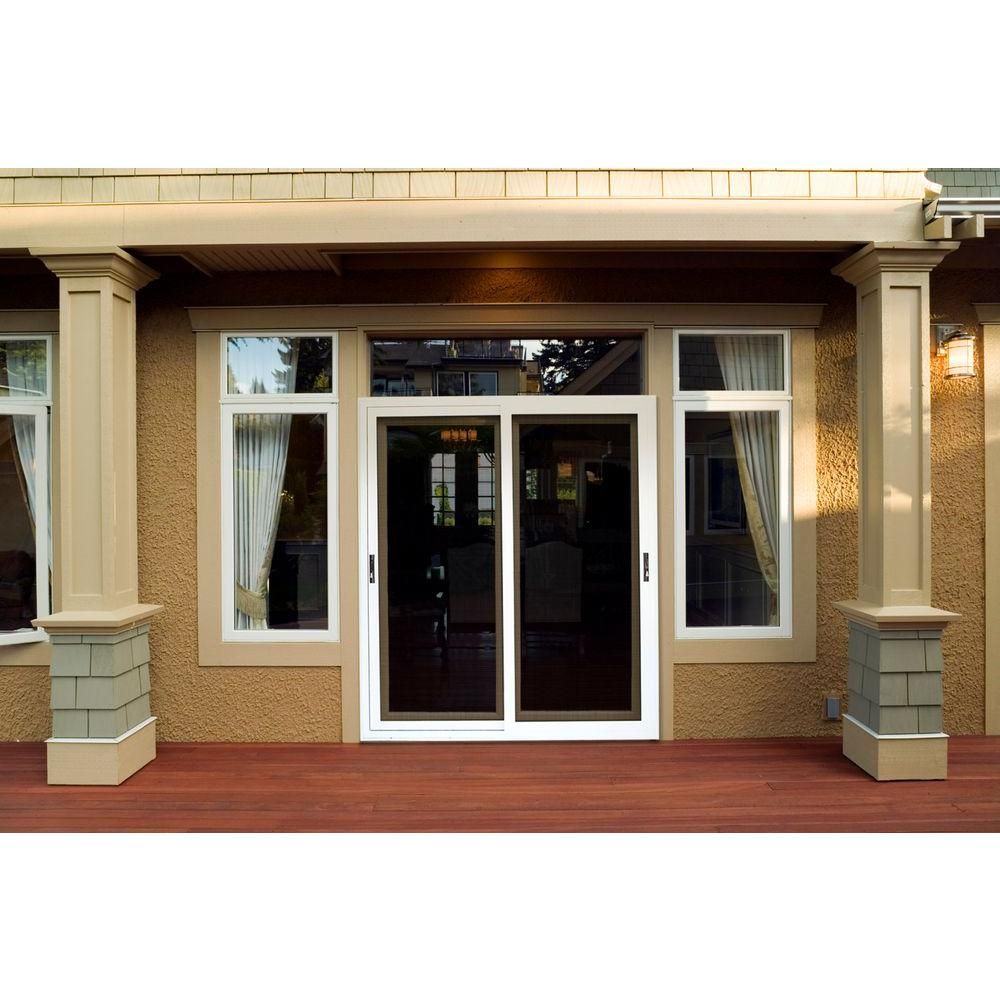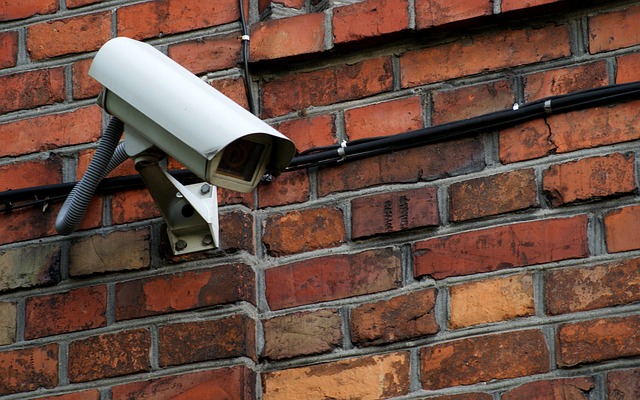
You have many options if you are looking to purchase high-security doors for home. These include ANSI Grade 1 & 2 deadbolts or mesh screen, fireproof, sound insulated, and ANSI Grade 3 & 4 deadbolts. These doors are perfect for protecting your home against theft or vandalism. These doors can be used for older or new homes.
ANSI Grade 1, 2 deadbolts
Installing ANSI Grade 1 or 2, deadbolting systems, will give residential doors the best security. The grade system defines minimum requirements for operation, key torque cycles, pull strength and impact resistance. Higher-security deadbolts will be harder to remove than Grade 3 ones.

Mesh screen
High security mesh screens are a good option for homes that want to guard against intruders. It is made from stainless-steel wire which provides unmatched security and strength while still allowing for light and ventilation. This product is suitable for use on screens vents, doors, and windows.
Fireproof
A fireproof high security door is a great way to protect your home from damage caused by fire. They can be covered with fireproof glass or made from solid timber frames. This glass should have a fire-resistance rating of 60 minutes or higher. These doors are durable and very difficult to break into. This makes them ideal for banks and jewelry stores, which are commonly targets for robbery and attacks with firearms.
Sound insulation
There are a variety of ways to sound-proof high-security doors, from simple DIY projects to custom-made options. You can add a soundproofing material to the inside frame of the door. The door can be insulated with rockwool which can provide a 33 to 38 dB soundproofing rating.

Door jamb reinforcement kits
Door jamb reinforcement kits can be installed to your existing door to enhance its security. These kits include galvanized steel parts that fit snugly against the door jamb. These pieces are easy to install using extra-long screws. They work well with tight jamb doors. These pieces are also designed to prevent splintering the door and protect the hinges.
FAQ
Which home security system is easiest to install?
These systems are considered the most effective for home security and do not require any type of installation. They are called "plug & play" systems, and they work like magic. Simply plug them into a power outlet and connect them to the internet with a wireless router. Once you have connected everything, it will be possible to access it from anywhere on the planet.
Which home security systems has the greatest number of features?
Ring Video Doorbell Pro offers the most features of all home security systems that we tested. It lets you see who's at your door, talk to them through your phone, and even record videos. It also includes a free cloud storage to store any recordings.
What is the number 1 home security system?
The number one home security system is the Ring Video Doorbell Pro. It allows you speak and see anyone anywhere, anytime using your smartphone. You can also capture video and send it to family and friends by text message or email.
Can I install my own security camera?
Yes! If you have the necessary knowledge and skills, you can install a house alarm. You can hire an expert to install your alarm properly if you don't feel confident.
How much does a quality home security system cost you?
A good home security system costs about $2,500. This may seem like a lot of money, but it is actually very cheap compared to the peace of mind you'll gain by having a safe and secure home.
Statistics
- (In my experience, the discount on my home insurance covered about 25 percent of the subscription of an average plan, but your mileage may vary depending on your location and the size of your home.) (theverge.com)
- Depending on your insurance, 24/7 professional monitoring may qualify you for as much as 15% off your premium. (safewise.com)
- Related questionsHome security systems that are 100% DIY (safewise.com)
- Cove sets you free without punishing penalties and fees, unlike other security solutions that charge 75% to 100% of your remaining contract. (safewise.com)
External Links
How To
How to Install a Home Security System
A home alarm system is a device which monitors your home and alerts when there's an activity. It could be a motion detector, doorbell camera or smoke detector. A home security system is usually composed of one or several sensors (e.g. motion detectors), that send signals when there's movement or sound. The signals are then sent out to a control board where they can monitored and recorded. A control panel will alert your phone, tablet or computer if something is wrong. You'll be able to immediately take action and know exactly what's happening.
It is important to choose the right type and size of sensors to fit your home before installing a security system. There are two types of sensors available: active and passive. Passive sensors don’t require batteries. They only pick up sounds, vibrations and other signals from their environment. They include things like doorbells, sirens, and buzzers. Active sensors transmit data by using electricity. Some examples of this kind of sensor are cameras and motion sensors.
There are many different brands of sensors available today. Each brand has their own pros and cons. Some sensors are waterproof, others are not. Some include built-in speakers to allow you hear them even when they are outside. Others work only inside. Some are simple, while others offer advanced features such as night vision.
After selecting the right sensors for your property and deciding on a manufacturer, you will want to make a selection. This will help you ensure your sensors work well together. You will find many options in your local hardware store.
Once you have decided on a brand to use, it is time to decide on how many you want. Depending on whether you live alone or with your family, most people will start with just one or two sensors. You may want to consider purchasing more sensors in the future if possible.
Next, decide where you want the sensors to go. Are you looking for them to be near doors or windows? Or are you happy to keep them hidden? Before you put them anywhere on your property make sure you get permission. It is important to ensure they do not interfere with electrical outlets.
You now know where to place your sensors. Now you need a way for them to be connected to your control panel. A power adapter or battery package may be required depending on your setup. Once everything is set up, it's time to start monitoring your property.